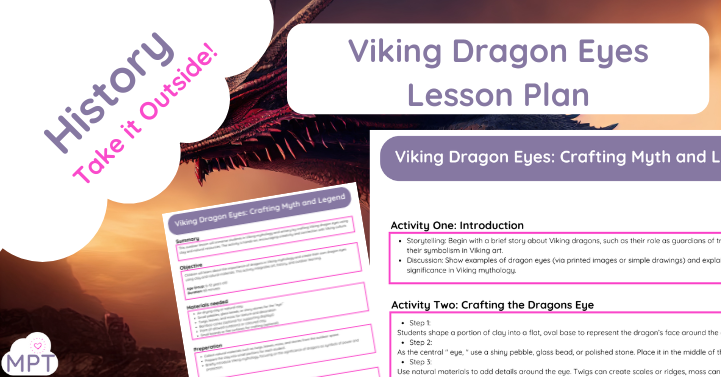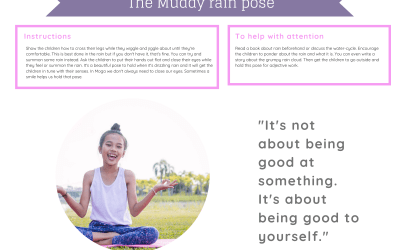Encourage those budding artists to take their art outside using natural resources. Use Easter ART KS2 to get creative with Easter.
Saxons, Celts and Picts
Jul 23, 2020
Use Muddy Saxons ideas pack to get this Muddy History topic outside your own spaces in creative, innovative ways.
KS2 Romans
Jul 23, 2020
Why not try Outdoor Learning Romans KS2 to generate a buzz around this topic! Use our innovative ideas to get your class loving History, the Muddy way!
KS2 Stoneage
Jul 23, 2020
Use Outdoor Learning Stoneage pack of ideas to get more of this topic outside using only natural and upcycled resources.
Gross Outdoor Experiments
Jul 23, 2020
Gross Outdoor Experiments
KS2 Inventors and inventions
Jul 23, 2020
Use inventors and inventions topic pack of ideas to learn about how many great inventions have helped us access the great outdoors even more. With brief bits of history then activities to follow this pack is sure going to get those budding inventors engaged and active!
KS2 Listening and responding
Jul 23, 2020
Research suggests that the outside space allows for many of us to open up more. So why not give it a go and let us show you the approach and give you the ideas so all you have yo do is teach!
Happy Hands Wellbeing Method (All ages)
Jul 19, 2020
A speech and language method to help children open up and talk
Muddy Wellbeing Circle (All ages)
Jul 19, 2020
A Muddy method to help children open up and talk
Outdoor Yoga childrens (All ages)
Jul 17, 2020
Traditionally Yoga has always been done outdoors. In the fresh air where nature can reinforce your breathing and nurture your inner calm. Use this pack for some child-orientated muddy ideas that will support mental and physical well-being.
The Muddy Walk & Talk
Jul 17, 2020
Another one of our inspiring methods to get children to open up and talk
Counting in powers of 10
Jul 3, 2020
Want to give your class the opportunity to go outside while still covering the curriculum? Our Muddy maths range will help you balance the indoors with the outdoors, the sit-down work with active hands-on mastery.
Outdoor EBook 6x 7x Tables (Board Game)
Jul 2, 2020
Use 6 & 7 Times Tables Board Game to practice your multiplications outside, in space with friends and have oodles of fun!
Outdoor EBook 5x 10 x Tables (Board Game)
Jul 2, 2020
Use 5 & 10 Times Tables Board Game to practice your multiplications outside, in space with friends and have oodles of fun!
Outdoor Learning E-book Counting in 3s and 4s (Board Game)
Jul 2, 2020
Use Board Game Counting in 3s and 4s to help practice counting in fun ways using mastery to deepen their understanding.
Outdoor EBook counting in 6s & 7s (Board Game)
Jul 2, 2020
Use Board Game 6s & 7s to practice counting with friends in a fun and active game.
Outdoor EBook Counting in 8’s & 9’s (Board Game)
Jul 2, 2020
Use Board Game Counting in 8’s & 9’s to take counting outside in a fun way using mastery to embed their understanding further.
Outdoor EBook 8x 9x Tables (Board Game)
Jul 2, 2020
Do outside on a device, led by a teacher or let the children work in their own groups.
New In

5 Sustainable Wreath Making Ideas

The Roman Empire KS2

Iron Age Hill Forts and Tribal Societies

The Transition to Farming and Settled Communities (Neolithic)

Stone Age Recipes

Life in the Stone Age Lesson Ideas

Stone Age Foraging Worksheet

50 Outdoor Christmas Activities Early Years

Christmas Nature Art Activities KS2



















